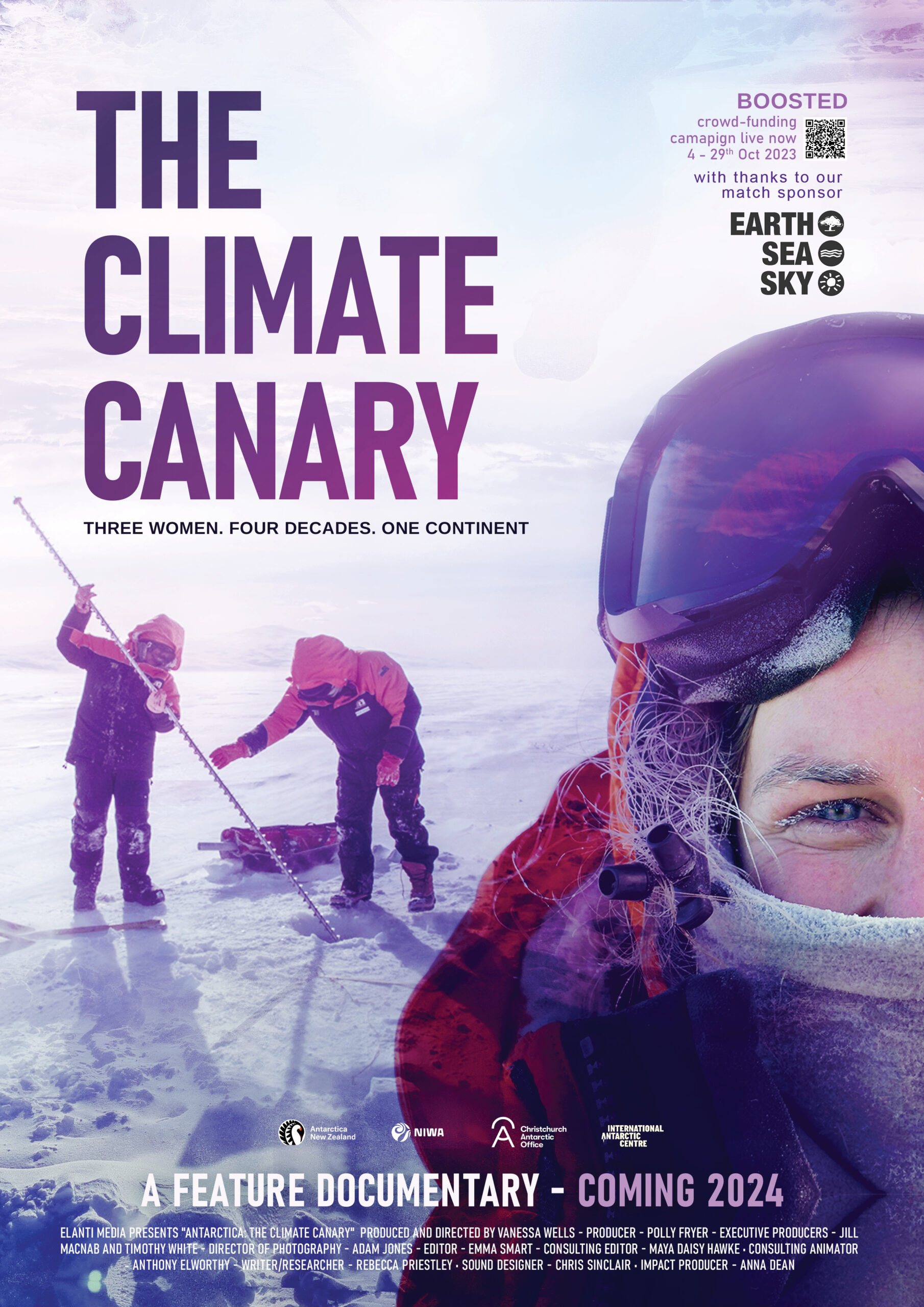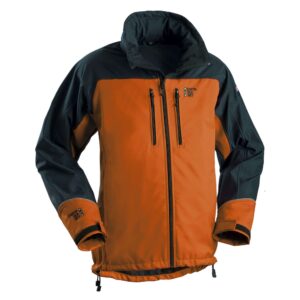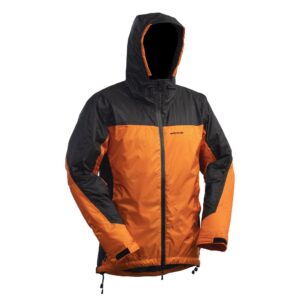The Climate Canary
THE CLIMATE CANARY is a film tackling climate change in a different way. Told through three women, from three different generations and their remarkable scientific work in Antarctica climate change is looked at through science and very personal perspectives.
The film features Prof Pat Langhorne, Dr Natalie Robinson, and PHD student Jacqui Stuart. They are particularly interested in sea ice and the ecosystem that lives in the platelet ice in McMurdo Sound. “This is a science film from a very personal perspective that possibly asks more questions than it answers.”
In November 2018 the producer/director, Vanessa Wells, was in Antarctica for another project when she met Natalie Robinson … “I knew there was a bigger story here – how did this wonderful woman with a beautiful laugh and crazy orange earrings end up working on the sea ice in Antarctica? And why?” … the seed for THE CLIMATE CANARY grew from there.
The production has received support from the science community, NIWA and Antarctica New Zealand as well as the Christchurch Antarctic office and the International Antarctic Centre. It has had strong international interest, however, as is usual for a documentary, a rough cut is needed before there is a committment to investment and distribution. This requires funding.
This is a story Earth Sea Sky believes is important. So much that we have agreed to be a sponsor in the crowd fundraiser launched this week to enable this rough cut to be produced.
We are matching dollar for dollar contributions made up to $10,000. Join us in this important mission here.
Everyone who travels with Antarctica New Zealand to Scott Base is fitted out in a wardrobe of Earth Sea Sky cold weather clothing. We asked the four women from the Climate Canary to tell us about their favourite item…
Vanessa Wells – Film Producer/Director. The ECW Down Jacket.
“This year, without a doubt, it was the ECW jacket. The temperatures were lower than expected as we were there early in the summer season, and in -35 I was relying on my ECW to keep me warm! Not only that – the inner pockets had plenty of space to stash extra chocolate as well as a spare lens or two!”
Prof Pat Langhorne – Antarctic Sea Ice Scientist. Turbo Guide
“For November work on the sea ice, the wind makes life more challenging than the low temperatures. The windproof soft shell jacket, (Turbo Guide) is a great outer layer as it is not bulky and allows freedom of movement to do fiddly tasks, while still keeping the wind out. I like that it is nicely fitted to body shape which makes it feel more comfy and it has lots of pockets to store (and lose) things in.”
Dr Natalie Robinson – Antarctic Oceanographer. Nano Primaloft
“My favourite piece of kit is the primaloft down jacket (Nano Primaloft). It’s warm, light, easy to put on and easy to work in. It layers-up quickly and comfortably – a must when the weather can turn unexpectedly. It’s my absolute go-to when I’m in the field. (And often around Base, too!).”
Jacqui Stuart – PhD student, biologist and “self-confessed algae-geek”. Rocket Guide Salopettes
“Figuring out the best layering combos for all conditions last season was a great adventure in itself, but without fail the salopettes (Rocket Guide Salopettes) were donned. They held up to all skidoo-ing, drilling, lying/sitting and kneeling on ice (happens more than you think). Mega bonus was all the pockets, to store (or lose) your tools or belongings in!”

Vanessa Wells film director/producer at Scott Base’s pressure ridges (Photo: Adam Jones)
Top Photo: Adam Jones – Director of Photography, working on the sea ice in McMurdo Sound (filming along Big John ice crack)









